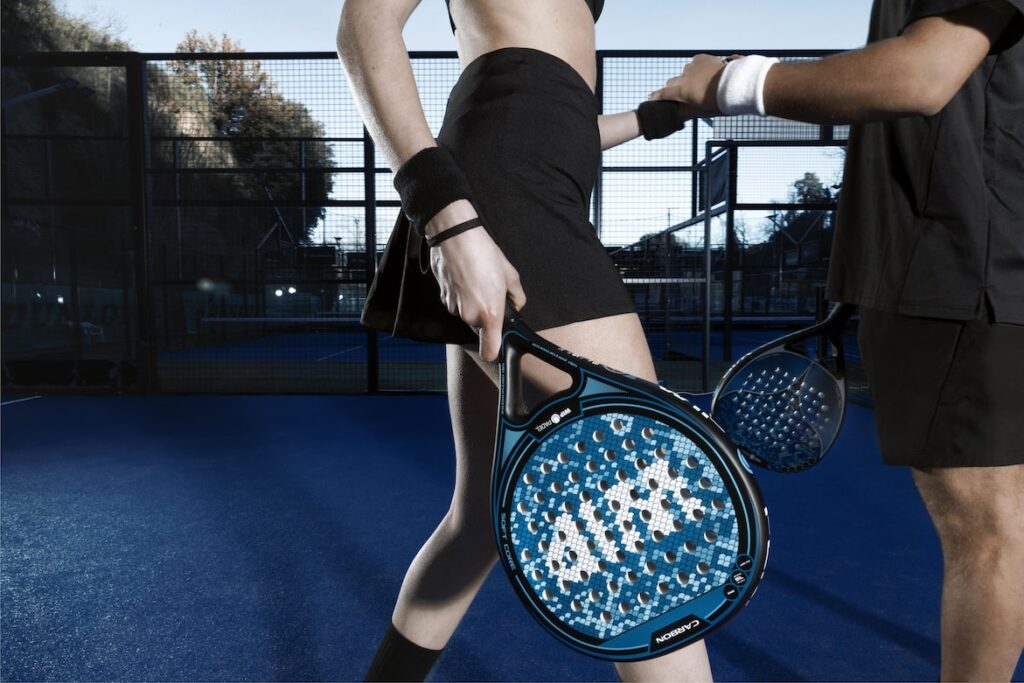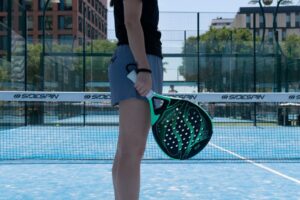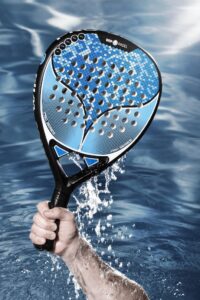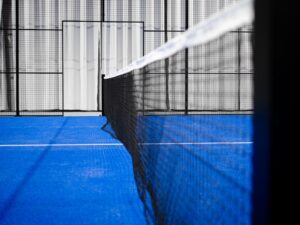Decoding Difficult Serves in Padel: Proven Strategies for Effective Returns
4 min read
Decoding Difficult Serves in Padel: Proven Strategies for Effective Returns
Are you an aspiring padel player struggling to return difficult serves? You’re not alone! Mastering the art of returning tricky serves is a challenge even for seasoned players. But fear not, my fellow padel enthusiasts, for I am here to shed light on this perplexing aspect of the game. In this article, we will delve into proven strategies that will help you become a pro at returning difficult serves in padel.
The Mind Game: Anticipate and Outsmart
Returning a challenging serve is not just about physical agility, but also about mental acuity. Before you even step onto the court, it’s vital to familiarize yourself with the opponent’s serving style. Keep a keen eye on their body language, grip, and previous serves to gain insight into their strategy.
As the serve comes your way, initiate your return by anticipating where the ball will go. Analyze the server’s stance, swing, and the angle of contact to predict the direction of the serve. This anticipation will buy you a crucial split second advantage, allowing you to position yourself optimally and plan the perfect return shot.
Varying Techniques for Different Serves
Understanding the different types of serves is paramount in effectively returning difficult shots. Let’s explore the most common serve variations and the strategies you can employ to counter them.
The Power Serve
A power serve is a formidable weapon in any padel player’s arsenal. The ball hurtles towards you at incredible speed, leaving you with minimal time to react. To handle this serve, it’s crucial to maintain a calm composure.
As the server delivers a power serve, quickly position yourself towards the center of the court. This allows you to cover both sides effectively. Focus on keeping your racket almost parallel to the ground, absorbing the power of the serve with a slightly angled face, and redirecting the ball with precision. By keeping your wrist relaxed and incorporating a short backswing, you’ll avoid overpowering your shot and maintain control.
The Slice Serve
A slice serve can be particularly deceptive due to the way the ball spins and curves through the air. Returning a well-executed slice serve demands agility, timing, and adaptability.
When confronted with a slice serve, adjust your position accordingly. Move slightly to the side to gain a better angle for your return shot. Timing is of utmost importance, so focus on tracking the ball as it approaches and position your racket accordingly. To counteract the spin and curve, aim to meet the ball slightly earlier and maintain a sturdy wrist. Your well-timed return will neutralize the spin, leaving your opponent scrambling to respond.
The Lob Serve
The lob serve can be particularly disorienting, as it sends the ball arching high above the net, often causing players to lose sight of it. Returning a lob serve requires quick reflexes and a steady hand.
When faced with a lob serve, be prepared to move quickly. As the ball rises, assess its trajectory and adjust your position accordingly. Maintain focus and keep your eyes on the ball until it descends. Position your racket directly above your shoulder and swing upwards with finesse. The key here is to generate enough power to control the shot accurately without losing sight of the ball.
Enhancing Your Return Game
Returning difficult serves in padel requires a combination of technique, practice, and adaptability. Here are a few additional tips to help improve your return game:
- Practice your footwork: Quick and precise footwork is the foundation of a solid return. Work on your agility and reaction time to position yourself optimally for each serve.
- Master your reactions: Train your reflexes by incorporating drills that enhance your response time. Practicing with a partner who can deliver spins and varying shots will further sharpen your reactions.
- Utilize the side glass: The side glass in padel is your secret weapon. By using it to your advantage, you can anticipate serves, read the trajectory, and adjust your position accordingly.
- Diversify your training: Practice regularly with players of different skill levels and styles. This exposure will help you become adaptable and better prepared to handle a variety of serve tactics.
Conclusion
Returning difficult serves in padel can be a daunting task, but with the right strategies, practice, and mindset, you can elevate your game to new heights. Remember to anticipate, vary your techniques to counter different serves, and constantly work on enhancing your skills. By incorporating these proven strategies into your game, you’ll gradually decode the mysteries of padel serves and leave your opponents amazed at your ability to return even the most challenging shots. So, step onto the court with confidence, embrace the challenge, and let your return game shine!







